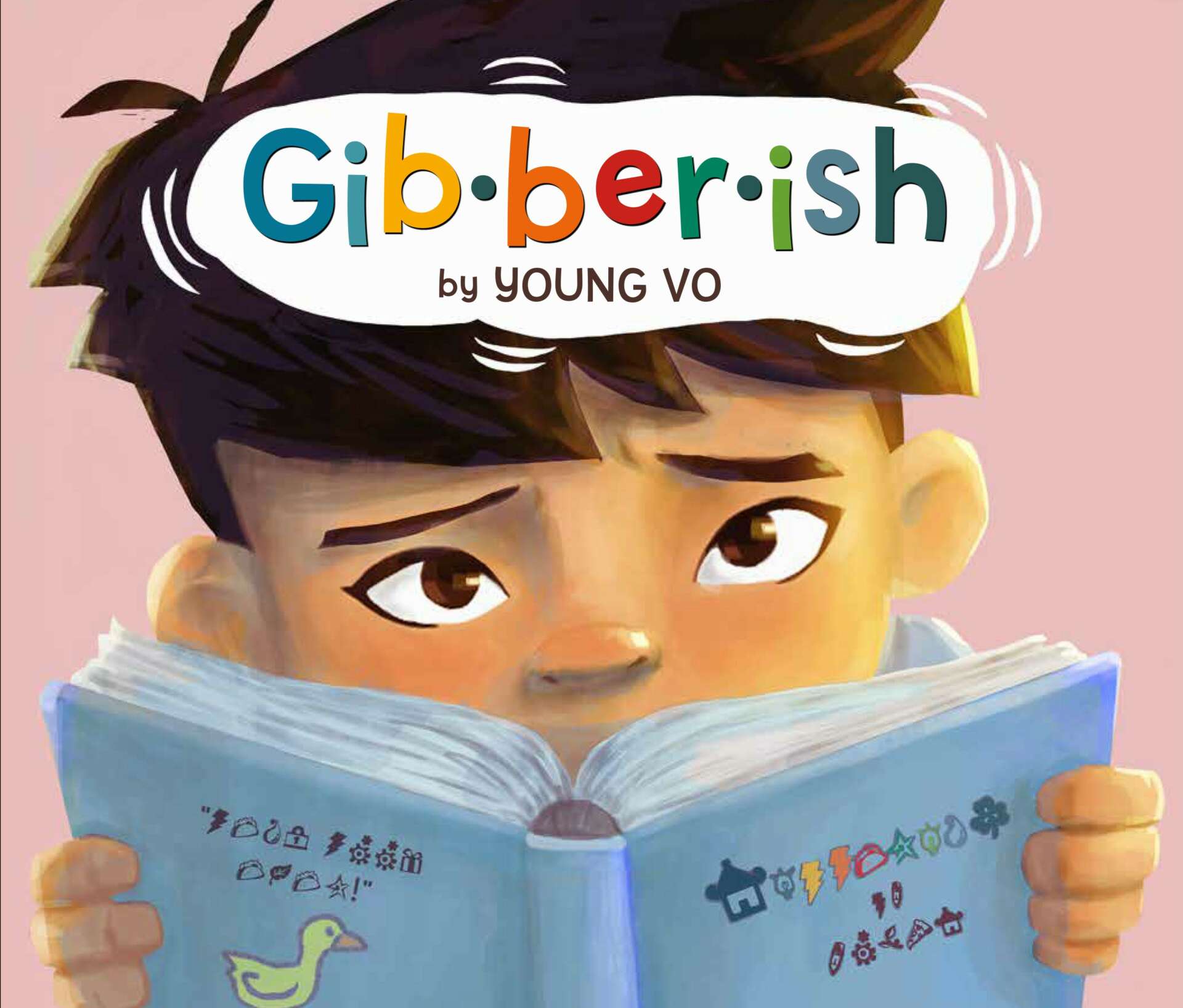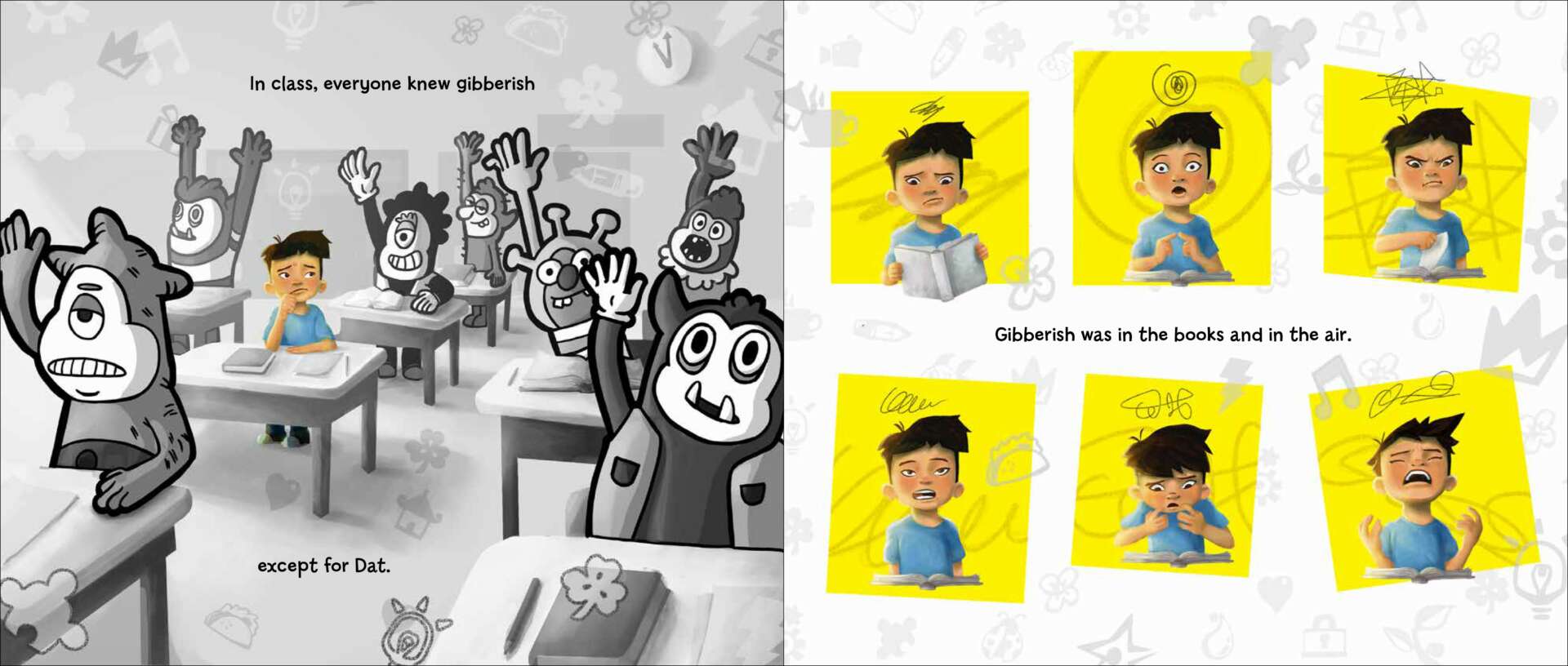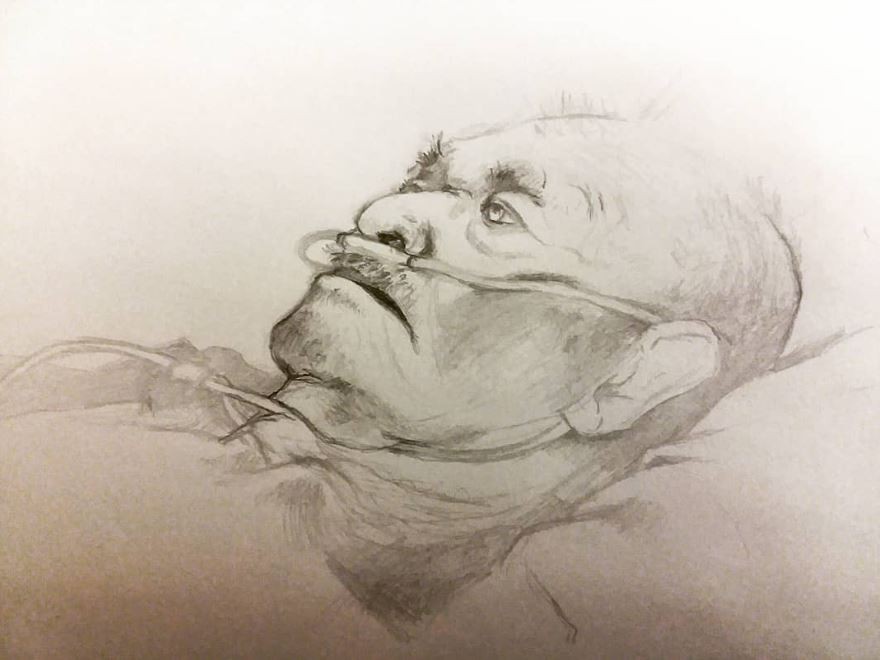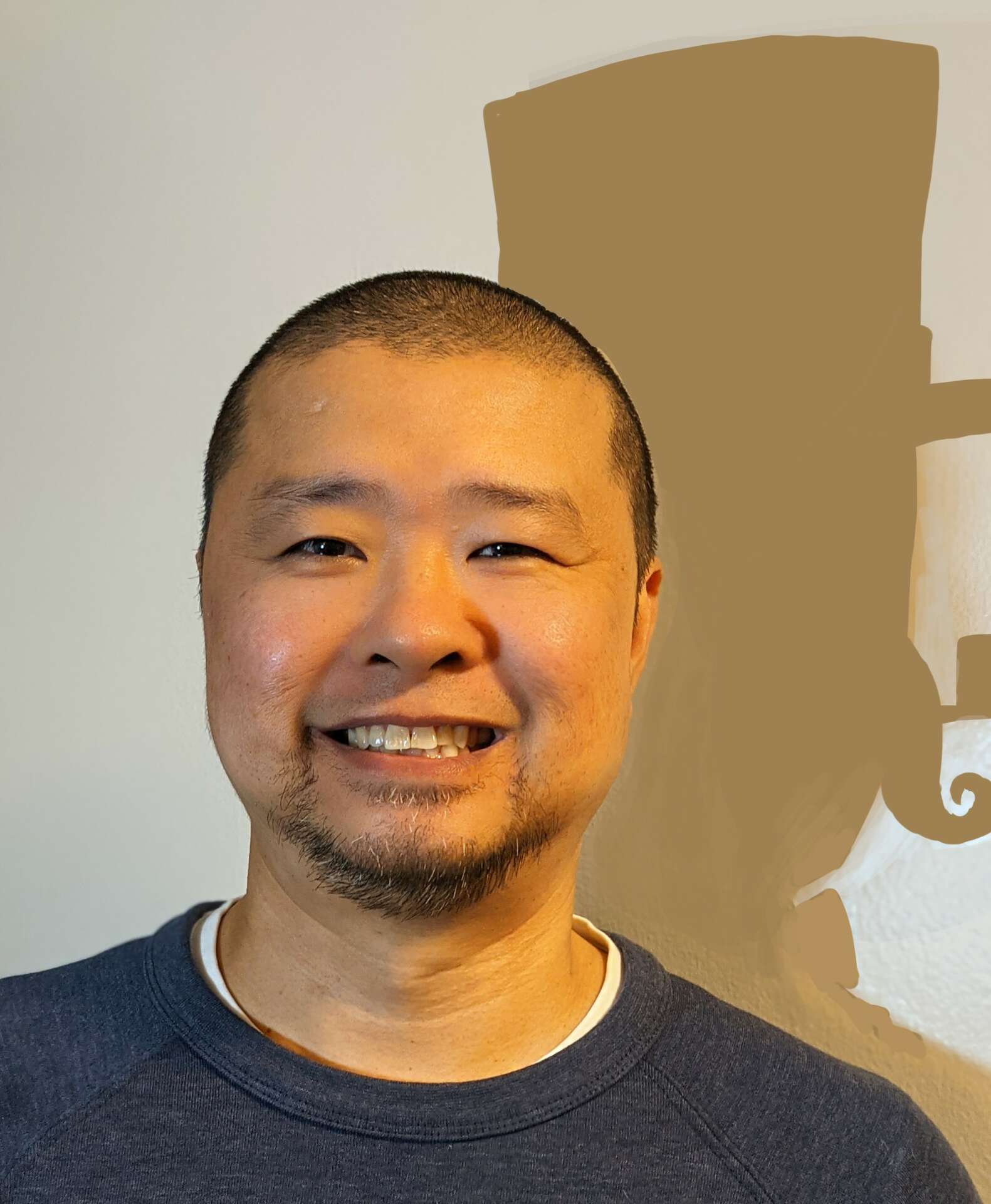We were lucky to catch up with Young Vo recently and have shared our conversation below.
Alright, Young thanks for taking the time to share your stories and insights with us today. How did you learn to do what you do? Knowing what you know now, what could you have done to speed up your learning process? What skills do you think were most essential? What obstacles stood in the way of learning more?
How did you learn to do what you do?
I always drew as a kid. My parents did not want me to be an artist even though I wanted to be one. I was pulled in different directions so for a while, I didn’t do much. Eventually, though, I made my way to CalArts (California Institute of the Arts). There I learned how to be an animator as I worked on a BFA in Character Animation. I was able to draw and tell stories for other people.
However, my sketchbooks were filling up with stories that I wanted to tell. I asked a writer friend, “I want to make picture books. How do I get started?” He told me about the Society of Children’s Book Writers and Illustrators (SCBWI). I found my community of artists and writers there.
Knowing what you know now, what could you have done to speed up your learning process?
I wish I knew that every professional and person is the same. I mean that if someone has done it, you can do it too. It just takes hard practice and time.
What skills do you think were most essential?
Hard practice and time. Hard practice means doing the work like you’re on stage because there is no greater teacher than doing work that needs to be seen. I draw, write, or think about my stories daily, and I have critique partners with whom I share my work. Time means setting time out every day to do the work. Time is a compounding factor; the more I consistently put in, the more I get. People need to pay more attention to how small steps add up.
What obstacles stood in the way of learning more?
My greatest enemy is self-doubt. I must be mindful of it because sometimes self-doubt can become self-sabotage. At the end of the day, it’s me who needs to do the work.

Young, before we move on to more of these sorts of questions, can you take some time to bring our readers up to speed on you and what you do?
You are asking who am I and why am I interesting. Hmmm, I won’t talk about my birth which is interesting but irrelevant here. I’m a refugee from Vietnam. I came to the U.S. when I was five. My Vietnamese vocabulary has not grown since then, so do not ask me to translate or order at a Vietnamese restaurant. It is a big regret of mine not knowing more Vietnamese. Communication was easier and more fun through drawings than writing as I was growing up. If this were a film, there would be a montage of little me drawing a lot, winning art contests, attending school, and getting an animator job. Then cut back to me looking at my sketchbooks. The drawings in my sketchbooks were how I told stories to myself.
Cut forward to me sitting beside my dad’s bed in the hospital. My dad and I had a very complicated relationship, but I knew my creative spirit came from him. He would make art like sculptures, reliefs, and collages from the spare parts he gathered as a handyman/ contractor. They were amazing. People would laugh at the things he made, and he laughed along. I could tell he felt compelled to make those things. When he worked on his art, he went to a different place; his face and shoulders relaxed. When my dad passed away, I thought about my sketchbooks and then about my dad’s art, how my father’s creativity was derailed and will never be fully realized, caused mainly by his demons.
Cut to the present day; my debut picture book Gibberish was a story from my sketchbook. I’ve been lucky to get some good press, and the responses from librarians, teachers, parents, and children have been amazing. I’m currently working on my second book.

We’d love to hear a story of resilience from your journey.
When my dad passed away, I was a successful animator. I animated a movie and some AAA games. But I wanted to tell stories through picture books. I couldn’t quit my animation job. I’ve grown accustomed to a paycheck providing me with food, shelter, and health insurance. I decided to work on the picture book in my spare time. I started working at night for maybe a year but it wasn’t working. I was too tired from my day job. I wasn’t spending enough time with my wife. Then I decided to switch to working in the morning. 5 am worked for me. It was quieter outside and most importantly it was quieter inside my head. I did that for another year. I had made many versions of Gibberish by this time. I even thought of turning it into a 2d short film at one point but nothing was working. When I showed friends Gibberish, the response was nice but I knew there was no connection. It’s hard to quantify why I knew the story was not working.
Then I joined SCBWI, made friends who were picture book authors, and sent Gibberish out to literary agents. I did everything I was supposed to do as an aspiring picture book author. For close to three years, I received rejection letters. The voices in my head were getting louder, “You did your best – it’s ok to quit.” Or “You’re an animator just animate,” or “You’re not meant to tell stories” and “You’re not creative enough.” I thought to myself that maybe I’ll self-publish Gibberish so at least it will get out to the world. I decided to start on a new story.
One other thing. During this time, I received one positive response from an agent for Gibberish. We exchanged some emails but then this agent ghosted me.
Then I signed up for my third SCBWI conference. I was pretty down at this point – still getting rejection letters for Gibberish. During the last seminar, someone asked if the seat next to me was taken. I said, “No, come sit down.” We talked and joked a little during the seminar. Afterward, a group of people came and spoke to him. We exchanged business cards. I found out later he was a famous editor (Arthur Levine). Of course, I emailed him after the conference. I told him about my latest story and Gibberish. He asked about Gibberish. We exchange emails for a couple of months. I thought this was an excellent opportunity to learn and joke around with a great editor but nothing was going to come from this. It was about 9 months to a year at which point I received an email I thought I would never get. I got an email from Arthur saying “Let’s make this book” (Gibberish).

How can we best help foster a strong, supportive environment for artists and creatives?
Help stop book banning. Each book that is banned is a voice that is silenced.

Contact Info:
- Website: youngvoart.com
- Instagram: youngvoart
- Linkedin: https://www.linkedin.com/in/youngvo/
Image Credits
Young Vo


